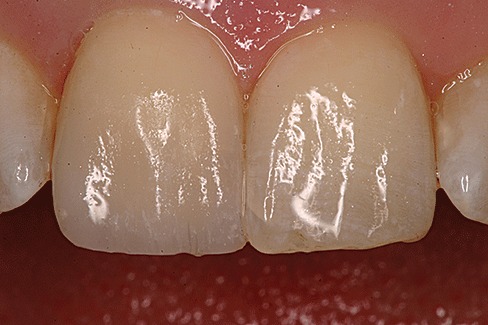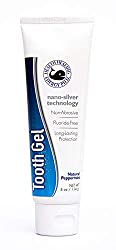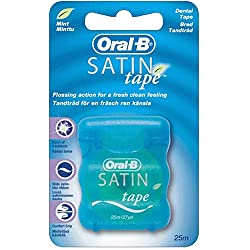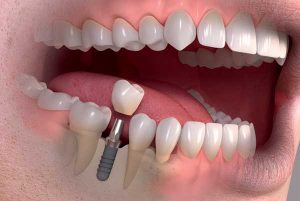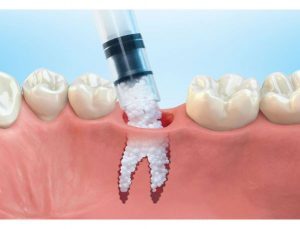Composite Veneers are used to change the appearance of your smile. You are probably are already familiar with the concept of Dental Veneers. Dental veneers are thin layers of restorative material that are bonded to the front surfaces of teeth to change how they look.
Veneers can be used to significantly improve the appearance of fractured or chipped teeth, discolored teeth, or change the shape or size of teeth. While some may opt for a single veneer, others may opt for a smile makeover by getting six (6) or more veneers. Where indicated, dental veneers prove to be a much more conservative (requiring minimal removal of tooth structure) and affordable treatment option when compared to crowns or orthodontics.
Porcelain and Composite veneers are the two (2) main types of veneers available; Porcelain is perhaps the better-known type of the two because of its aesthetics and durability; however, the affordability and ease with which composite veneers can be applied make them an appealing treatment option.
Getting Composite Veneers
Composite Veneers are made by composite bonding resin, a tooth-colored restorative material that is commonly used in dentistry, to the anterior surfaces of teeth. When compared to Porcelain veneers, less tooth structure is removed, and placement is a much easier clinical procedure able to be completed chairside at the same visit. Before having composite veneers done, the tooth is thoroughly cleaned and prepared by removing up to 0.5 mm thin layer of enamel to make space for the composite resin. What happens next will depend on whether you are getting a Direct or Indirect veneer. If you are getting Direct Veneers, etchant and adhesive are applied to the surfaces of prepared teeth to help composite resin stick.
Composite is then added to your teeth in layers and light-cured. A ‘natural look’ can be achieved by mixing multiple composite resins to match the shade of your natural teeth.
With Indirect Veneers, an impression is taken (digitally or with silicone putty) after your teeth have been prepared and the veneers are fabricated outside of the mouth. When they are ready, the dentist will place them on your teeth after the application of etchant and adhesive and the curing light used to bond them. Most times, the procedure does not require anesthesia.

How do you take care of Composite Veneers?
Though composite veneers are not as durable as porcelain veneers, they can last for up to seven (7) years. To ensure that you extend the longevity of your composite veneers, you must take good care of them. Maintaining a routine of regular oral hygiene with a non-abrasive toothpaste and avoiding hard foods on your front teeth, such as ice, are small but meaningful steps that you can take to be extra careful. It is also wise to avoid foods or beverages that are darkly colored, such as curry, coffee, or tea that can stain veneers.
Composite Veneers are a quick, easy, and relatively inexpensive way to fix your smile if you have become self-conscious and to regain your confidence. Dentists with a high level of clinical dexterity, often charge higher fees compared to porcelain veneers as it takes more time to do a perfect job for patients. We recommend you Get a free quotation today!







